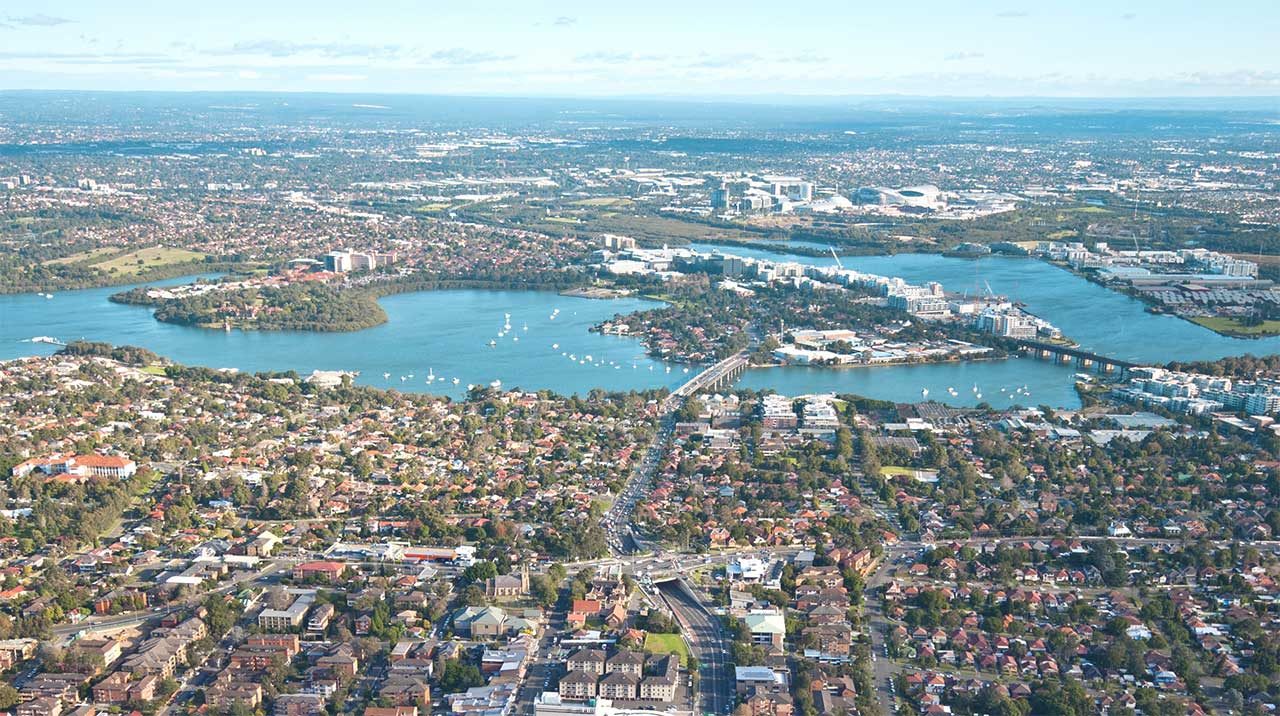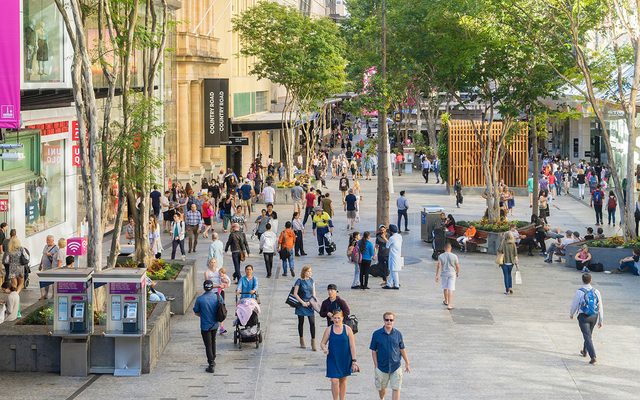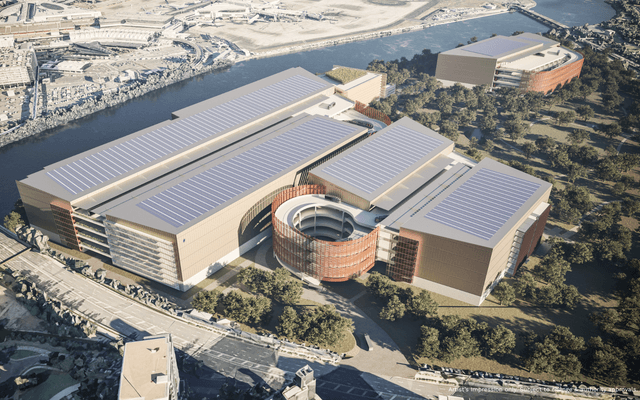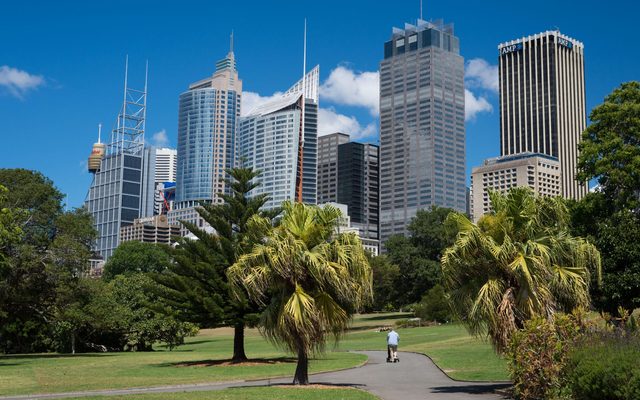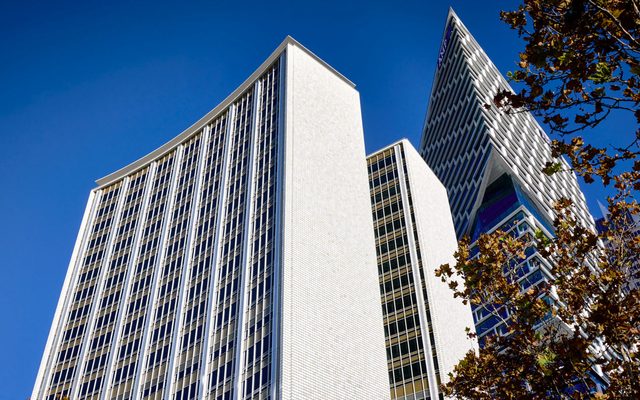This article is from the Australian Property Journal archive
SYDNEY renters have seen rents drop for the first time in 12 years, but some 50,000 houses will need to be injected into the Sydney market each year to maintain the trend.
According to the HIA’s new quarterly outlook, real rental prices have been falling in more than half of Australia’s capitals over the past five years, but it took the “unprecedented” volume of new homes – especially apartments – that has been coming online since 2014 for Sydney to join the list.
According to HIA’s executive director, NSW, David Bare, Sydney received five years’ worth of supply in four years.
“Unmet demand is now being dealt with and affordability has improved.
“This is a significant reversal of the trend, from December 2006 to June 2015 the pace of rental price increases exceeded inflation for every year leading to real rents doubling in this decade.”
NSW is expected to see a 17.1% fall in dwelling starts in 2019 from 71,600 to 59,373, and of 12.4% next year to just over 52,000, before a further dip to 49,605 in 2021.
“Rental prices rise when there is insufficient supply of rental accommodation to meet demand. HIA has long argued that the solution to this problem is to increase the supply of new homes.
“To achieve this, there needs to be a more consistent supply of new dwellings and a determined effort by the NSW state government to reduce the cost of punitive taxes and levies on housing,” Bare said.
More broadly, the HIA expects the nationwide downturn in home building activity to be contained to the next two years, as long as migration policy is not tightened further.
“If the leading indicators do not improve in the first half of 2019, then the pipeline of building work will be exhausted at a concerning rate,” HIA chief economist, Tim Reardon said.
The dwelling price downturn and tightened lending conditions have slowed down purchasing decisions by investors and owner occupiers, and foreign investment has also pulled back.
“Builders in markets with a significant volume of work in the pipeline – such as Melbourne – have not been affected by the downturn yet, but other markets that were already performing poorly – such as Perth – have seen their market fall to a new historic low point,” Reardon said.
Melbourne starts came in at 73,580 in 2018, and are expected to fall to 58,306 this year before totalling over 50,000 over the next two years. Multi-unit starts will fall by 31% this year and 20% next year before a small uplift, while houses will come down by 12% and then 10%. Multi-unit starts in Sydney will be pronounced but fall less than Melbourne’s – by 15% in 2019 and 14% next year.
Perth starts will dip further to 16,025 in 2019, before lifting to nearly 19,000 and then 21,600.
Dwelling starts in Queensland will fall to by around 5,000 to 37,405 this year and then climb to 39,632 and 42,232.
South Australia will be steady at around 11,500; Tasmania will inch downwards from 3,034 to 2,632 and then 2,446; likewise the ACT from 5,585 to 4,545 over two yers, and Northern Territory will lift from 720 this year to 922 and then 1,397.
The HIA expects the impact of the credit squeeze to moderate over the first half of 2019.
“As yet, the impact of the credit squeeze does not warrant a material downgrade to our forecasts as the strength of the economy supports building activity as it recalibrates to more traditional levels. The building industry, which has driven activity in the rest of the economy for the past five years, is now reliant on the strength of the rest of the economy to delivery an orderly downturn,” Reardon said.
“The expectation that governments will not constrain net overseas migration is central to this outlook for a contained downturn.
“If the fall in overseas migration accelerates then interest rate cuts are likely to be necessary in order to mitigate the adverse impacts of this home building downturn on the wider economy.”
Australian Property Journal
